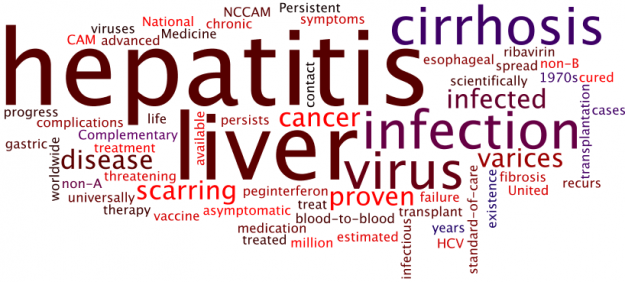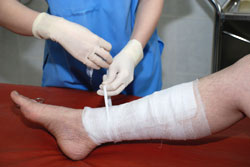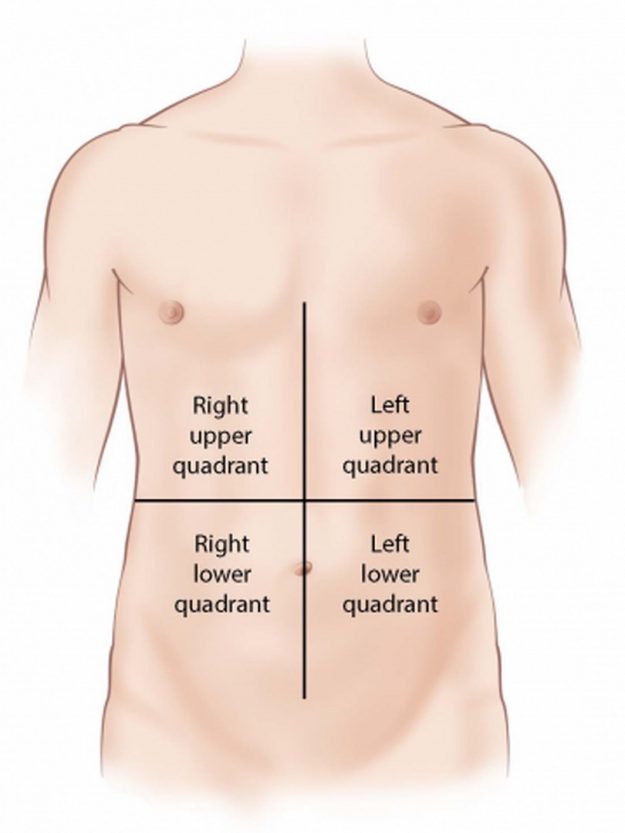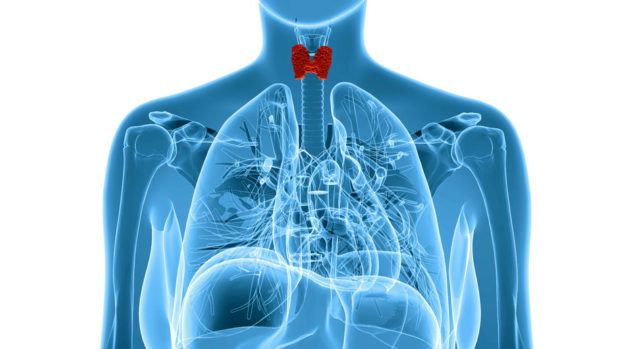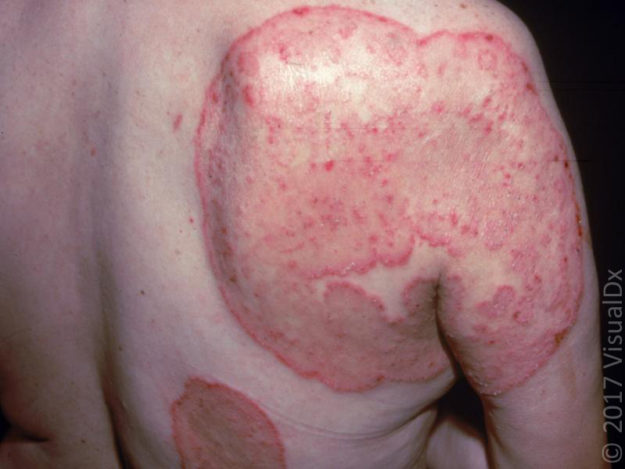Abdominal Assessment for the Correctional Nurse: Lower Abdominal Pain 2.0 Continuing Education Hours Abdominal pain is one of the most common complaints in the correctional environment (and in primary care ion the community). It can be the result of an organic issue or identified as physiologic; it can be chronic or acute. While most abdominal…
Abdominal Assessment for the Correctional Nurse: Upper Abdominal Pain 2.0 Continuing Education Hours Abdominal pain is perhaps one of the most frequent complaints listed on a sick call/request to be seen slip in the correctional environment. Changes to routine and diet, stress, and the “unmasking” of symptoms as patients become “detoxed” from substances like alcohol…
Hepatitis for the Correctional Nurse 2.0 Continuing Education Hours Hepatitis, a general term referring to inflammation of the liver, may result from various causes, both infectious (viral, bacterial, fungal, and parasitic organisms) and non-infectious (alcohol, drugs, autoimmunediseases, and metabolic diseases). This class will focus on viral hepatitis, which accounts for more than 50% of cases of…
Wound Care for the Correctional Nurse 2.0 Continuing Education Hours In the correctional environment, depending upon the population and the type of facility (jail or prison), the wounds typically seen could be acute or chronic, but all require nursing assessment, treatment and monitoring. In this class, both acute and chronic wounds will be discussed. Obtaining the…
Abdominal Assessment II for the Correctional Nurse: Nausea and Vomiting 2.0 Continuing Education Hours Nausea and vomiting are common complaints in the correctional environment. Typically the result of gastrointestinal (GI) infections, nausea and vomiting may also be the result of other infections, metabolic disorders, central nervous system disorders, the ingestion of certain drugs, pain, pregnancy and…
Patient Education for the Correctional Nurse 2.0 Continuing Education Hours One of the most important things we do as nurses is patient education, and we do it at every encounter with our patients. In the correctional environment, it is perhaps even more important, as we care for individuals who research has shown have low health…
A Thyroid Primer for the Correctional Nurse 2.0 Continuing Education Hours More than 12 percent of the U.S. population will develop a thyroid condition during their lifetime (American Thyroid Association, 20217). An estimated 20 million Americans have some form of thyroid disease. Up to 60 percent of those with thyroid disease are unaware of their…
Skin Assessment II for the Correctional Nurse 2.0 Continuing Education Hours In the general public, 20-30% of the population suffer from skin diseases. In addition, 10% have disease so serious that it interferes with their activities of daily living. Because skin conditions are typically visible, patients may experience greater embarrassment, stigma and even ostracism. This…
Skin Assessment I for the Correctional Nurse 2.0 Continuing Education Hours In the general public, 20-30% of the population suffer from skin diseases. In addition, 10% have disease so serious that it interferes with their activities of daily living. Because skin conditions are typically visible, patients may experience greater embarrassment, stigma and even ostracism. This…

